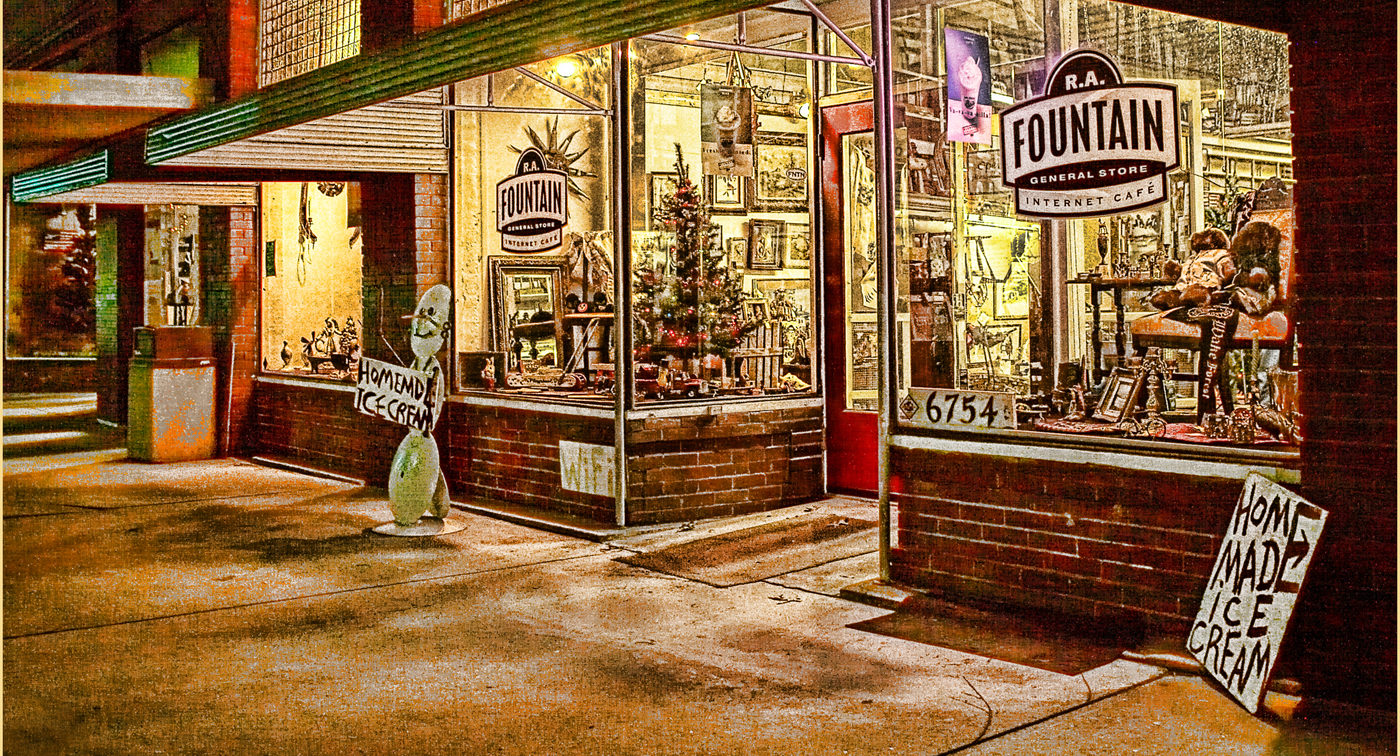By Michael K. Brantley
Of course, the Gold Rush of the 19th century is always associated with western locations, usually California.
However, from 1804-1828, all the domestic gold coined at the United States Mint came from North Carolina.

Gold was first discovered in North Carolina in 1799 when Conrad Reed found a 17-pound nugget in Carbarrus County, just west of Charlotte. It is said he didn’t know what he had, and that his family used it as a door stop for years.
Years later, gold was discovered in eastern North Carolina at what became known as the Portis Mine, which is located in Franklin County, but near the point where Nash, Franklin, Halifax, and Warren come together. Isaac Portis was the owner of the property, which wasn’t far from what is now N.C. Highway 561.
One story says that Portis, who offered lodging to travelers at his cabin, didn’t realize he was living on top of a gold mine. A visitor noticed gold specks in the chinking of the cabin and mentioned it — Portis responded that he had noticed the flecks, and soon realized he lived on top of a gold mine. Another story says that a peddler stopped by and noticed a collection of gold nuggets and traded some cheap trinkets for them to Portis. Word got out quickly, and a local gold rush started.
Either way, Portis came out all right. Although the area’s red clay made extraction difficult, it is estimated that about $7 million dollars worth of gold was mined there, until it was closed in the mid-1930s.
It is interesting to note that the gold was found in what is known as the Spring Hope Formation in the eastern slate belt.
In Gold Valley, between Spring Hope and Middlesex, a man named Evan Morgan was said to have found a nugget of gold as big as a turkey egg. The gold mine was owned by Augustus Sanders, and later was mined by Southgate Jones until the Federal Land Book got control. The mine was closed in 1939.
Another gold mine in the area was owned by J.T. Webb, called Ivey Bluff. There was also Mann’s Gold Mine near Hilliardston.
In that same area, there was once a community known as Argo, which has since disappeared from maps. A mine was known as the Mann-Arrington Gold Mine and later Arrington Gold Mine, and still another called Edmonds Gold Mine. There is some thought that the community took its name from the mine (ARringtonGOld). The Argo was said to have a vein of ore three feet wide at the 100 foot deep level.
There isn’t much to find about Argo and it was not listed on maps, but was on a postal route in 1890 in Griffin’s Township, between Taylor’s Store and Pattie Harrison’s Crossroards, as listed in the North Carolina Gazetter.
The Conyers Mine was located on Fishing Creek near Whitakers. Other gold was found outside Nashville where a vein was said to run for a mile.
There were several other mines in the area that operated until the Civil War, when legend says they were covered up.
Another legend regards the community of Gold Rock, near Battleboro. A local property owner, R.R. Gay, needed a large rock removed from the field, so he started a rumor there was gold under it.It is said some local boys were congregated at Whitaker’s Mill to consume some local corn liquor. The boys got the rock moved and dug under it for some time, but never found any gold. [*I’ve not been able to find confirmation for that story, but it is a good one, so there it is.]
Sources: NCPedia, The Connector newsletter, By Faith & Heritage Are We Joined: Nash County Historical Notes.


I have seen many old, unused open-face mines in northern Nash Co. around the Scufffletown area and know one lady (who has passed away) who claims to have put herself thru N.C. S.U. by panning for gold during the summers in northern Nash and Franklin counties.
Great article. I have often wondered about Golds Valley. Isn’t it rear where you live? I asked around a long time ago and an elderly gentleman said he had known about gold being found in the area but he was vague about it. I would love to know more .
Fascinating!
Good stuff Mike. I stumbled across this map, https://dc.lib.unc.edu/cdm/singleitem/collection/ncmaps/id/418/rec/14 a while back on the UNC site that contains so much interesting stuff. It’s here, https://web.lib.unc.edu/nc-maps/. The Nash County map actually shows the location of the Argo mine, due north of Taylor’s Store.
Very cool!
The owner of the Portis Goldmine was actually John Portis as documented in his estate file in Franklin Co, NC. It is unclear who Isaac Portis was, but he is named in a lawsuit that occurred several years after John died. Gold was found on the property in 1831 as documented in a Halifax newspaper.